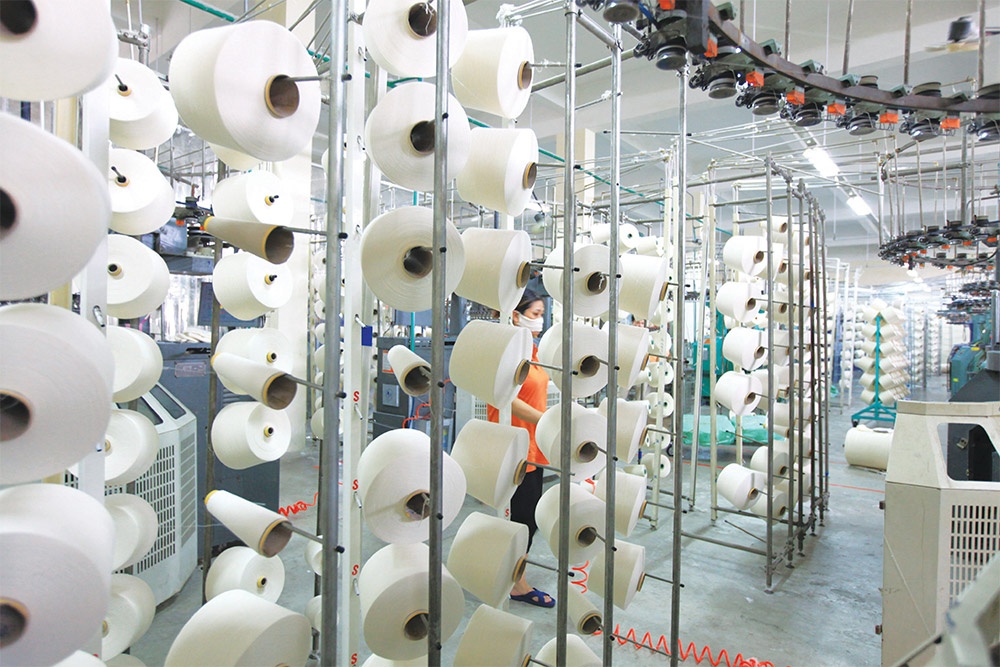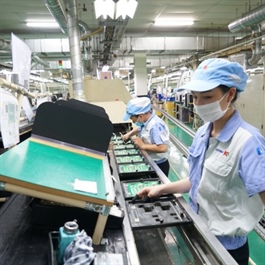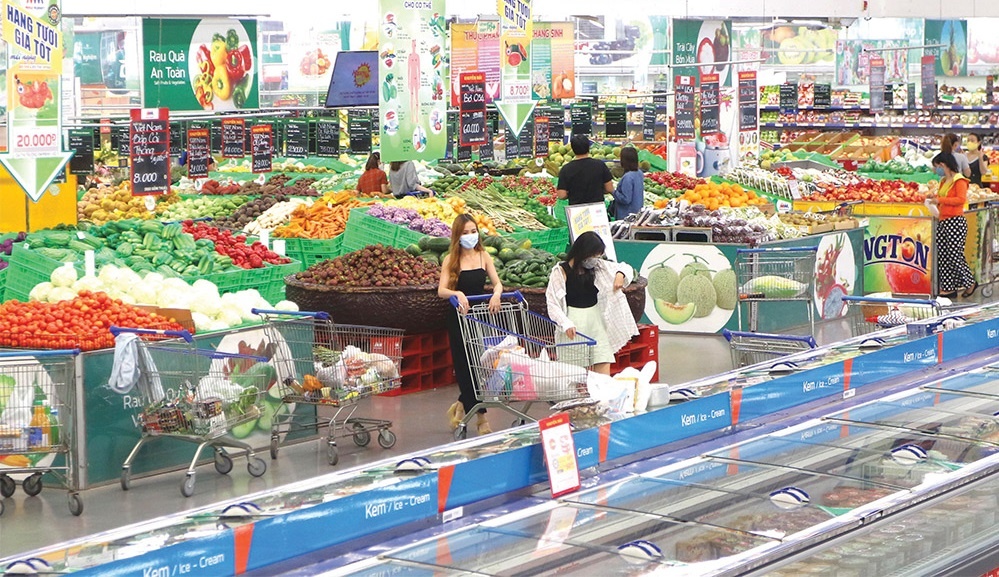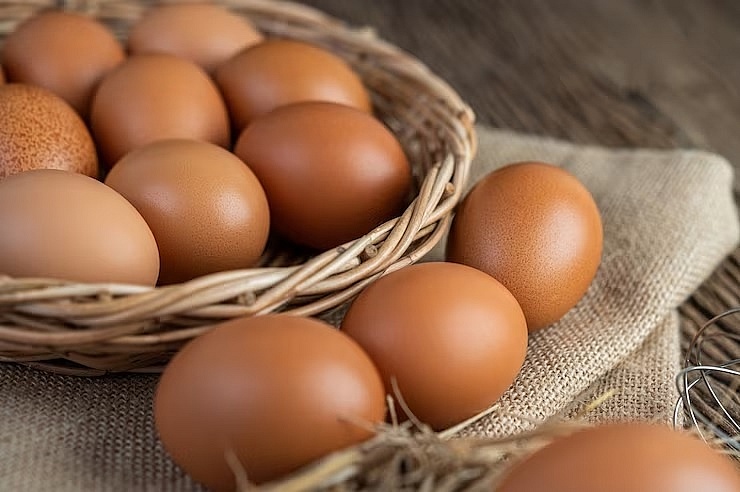Manufacturing ready for external pressures
Manufacturing ready for external pressures
Manufacturers in key industries are grappling with rising costs and plummeting demand that is weakening manufacturing and export activities.

According to the Ministry of Industry and Trade (MoIT), the sector failed to achieve a slew of targets in 2023. Vietnamese export earnings dropped by 4.4 per cent compared to the plan to grow by 6 per cent. The proportion of manufacturing and processing in GDP reached 23.84 per cent, compared with the target of 25.4–25.8 per cent.
Meanwhile, Vietnam’s index of industrial production rose 1.5 per cent on-year in 2023, against the target of 8–9 per cent. The added value of the industrial sector and the manufacturing and processing industry posted the lowest increase in the past 12 years, making an insignificant contribution to economic growth compared to previous years.
The consumption index of the whole processing and manufacturing industry climbed 1.8 per cent in 2023, compared to an increase of 7.1 per cent in 2022. Meanwhile, the average inventory rate of the whole manufacturing industry was 87.5 per cent in 2023 against 78.1 per cent in 2022, indicating challenges in the manufacturing and consumption of industrial products.
The added value of the whole industry in 2023 rose by 3.02 per cent on-year, also the lowest increase in the 2011, and contributed 1 percentage point to the overall growth of the economy. Of which, the manufacturing and processing industry increased by 3.62 per cent, the lowest growth in the last dozen years.
Low demand is the main reason behind the poor business performance of Vietnam National Textile and Garment Group (Vinatex). At an annual review meeting on January 8, Vinatex CEO Cao Huu Tien acknowledged that 2023 was its most difficult period in over 30 years of operation.
Vinatex recorded consolidated revenue of $705.6 million and pre-tax profit of $15.4 million, reaching 104.4 and 101.9 per cent of the yearly targets, respectively. However, the 2023 pre-tax profit dropped 60 per cent on-year.
“Vinatex set out many scenarios for 2023, but the worst scenario took place due to market developments, negatively affecting our business and production activities,” Tien added.
Vietnam’s garments and textiles sector reached an export revenue of $40 billion, down 11 per cent on-year.
Deputy Prime Minister Tran Hong Ha said, “The manufacturing and processing industry is the foundation for other industries. However, some sectors recorded a sharp decline, such as a 43 per cent decrease for the electronics sector. There are both objective and subjective reasons. However, the economy reveals issues amid the headwinds in 2023. We need to review the strategy to promote industrial production and the market.”
The MoIT forecasts that there will be huge external pressure on industrial production and export activities in 2024. The main pressure comes from international trade, with many major economies slowing down, which dampens overall demand recovery and affects export results.
“Fluctuations will continue into 2024. Many garments and textiles companies are coming up with measures to make timely adjustments, thereby lowering the impact when the market becomes worse,” said Hoang Thuy Oanh, deputy general director of Hoa Tho Textile and Garment JSC. “This trend will directly impact the orders of businesses. Amid this challenge, we need to take advantage of every single opportunity in the market by expanding the customer base, diversifying products, and receiving small orders.”
Research group Wood Mackenzie forecasts that global GDP growth will slow in 2024 compared to the last two years as geopolitical conflicts continue to linger. Due to the pressure, global consumers will slash purchases of non-essential goods, including textiles and garments.
Le Thi Quy Huong, deputy general director of Phu Bai Spinning JSC, said, “The yarn industry is predicted to contract until the next quarter. Thus, we formulate production plans every month rather than every quarter. The company has changed products to meet market trends and customer demand. We are striving to secure enough orders for the first quarter of 2024 to ensure capacity for three spinning factories.”
Andrew Harker, economics director at S&P Global Market Intelligence, added, “The final month of the year was indicative of the picture for much of 2023 in the Vietnamese manufacturing sector, with subdued demand limiting production volumes. Firms are still optimistic that output will expand. This has led to broad stability of employment and purchasing activity despite the reductions in new orders, as manufacturers attempt to maintain capacity in the hope of better days to come.”























